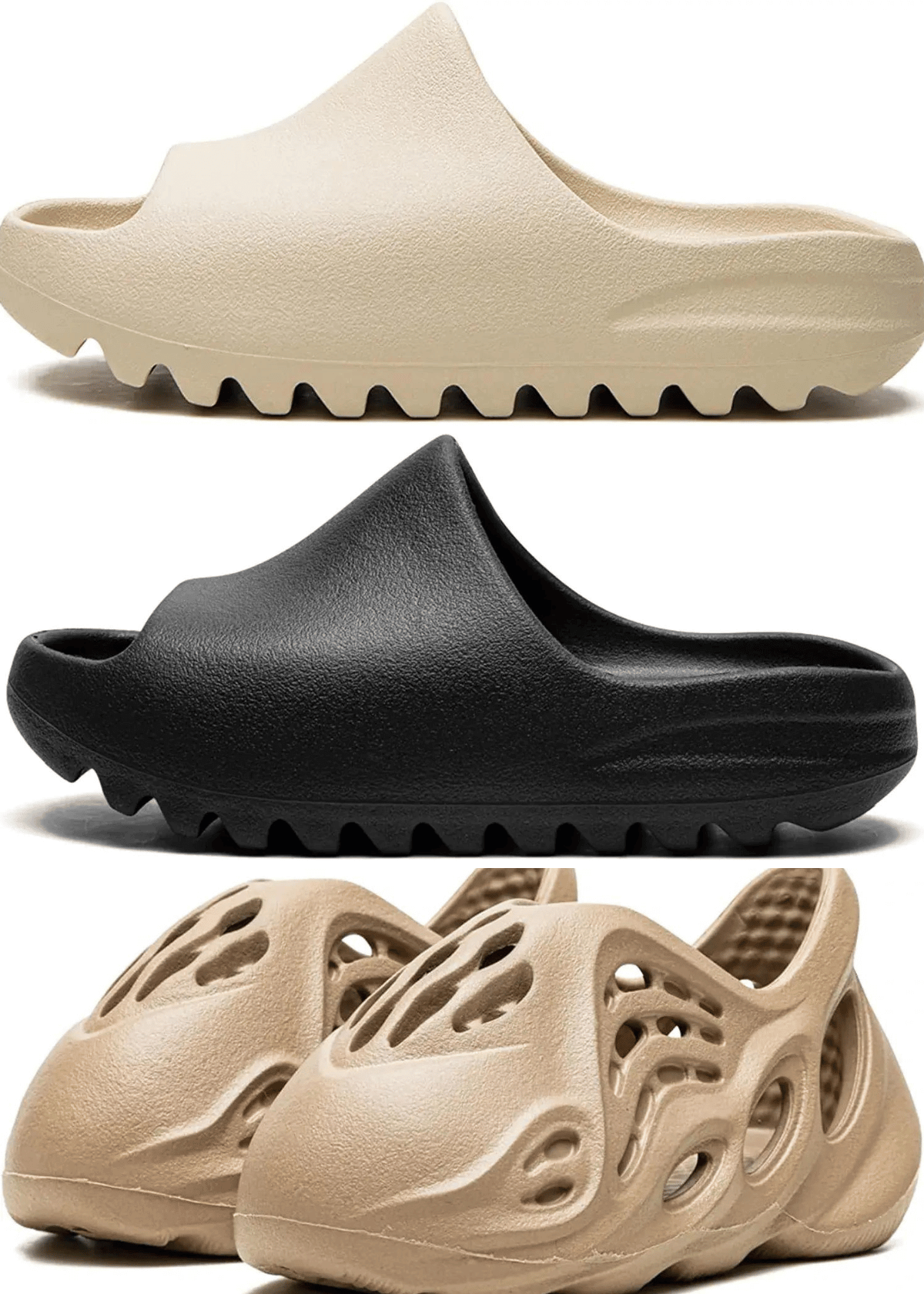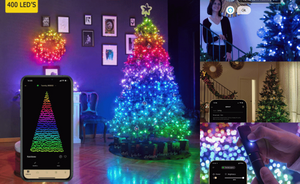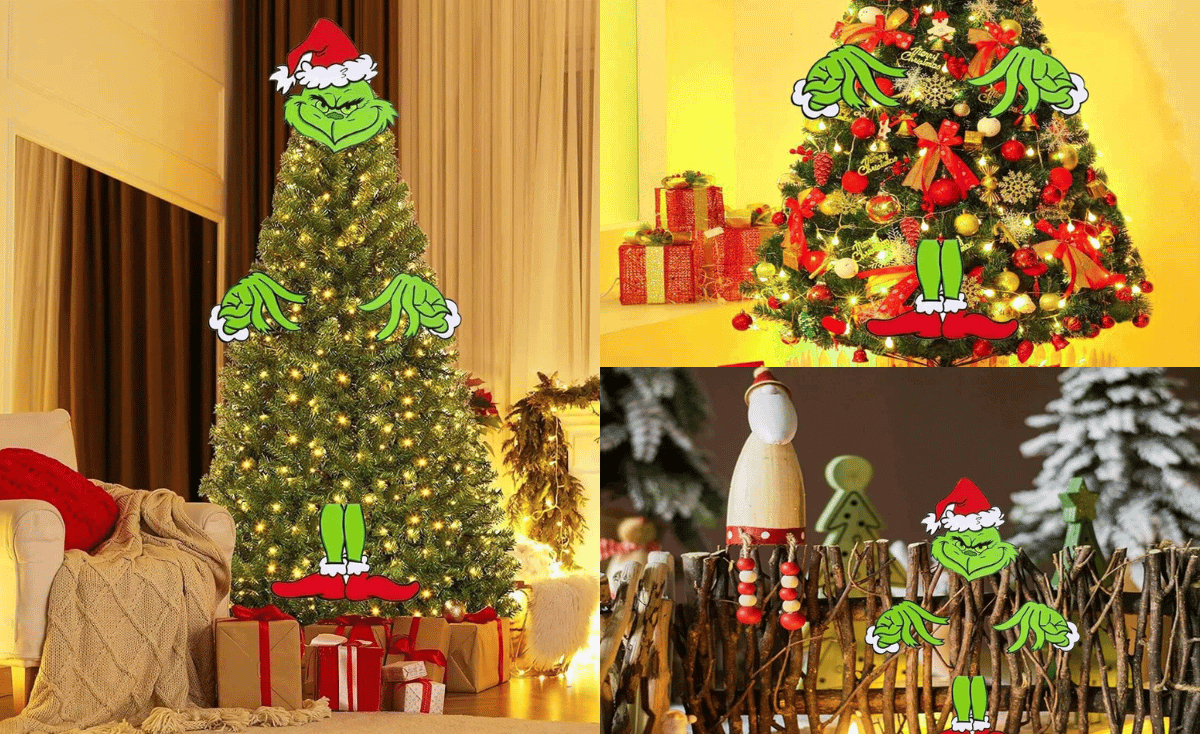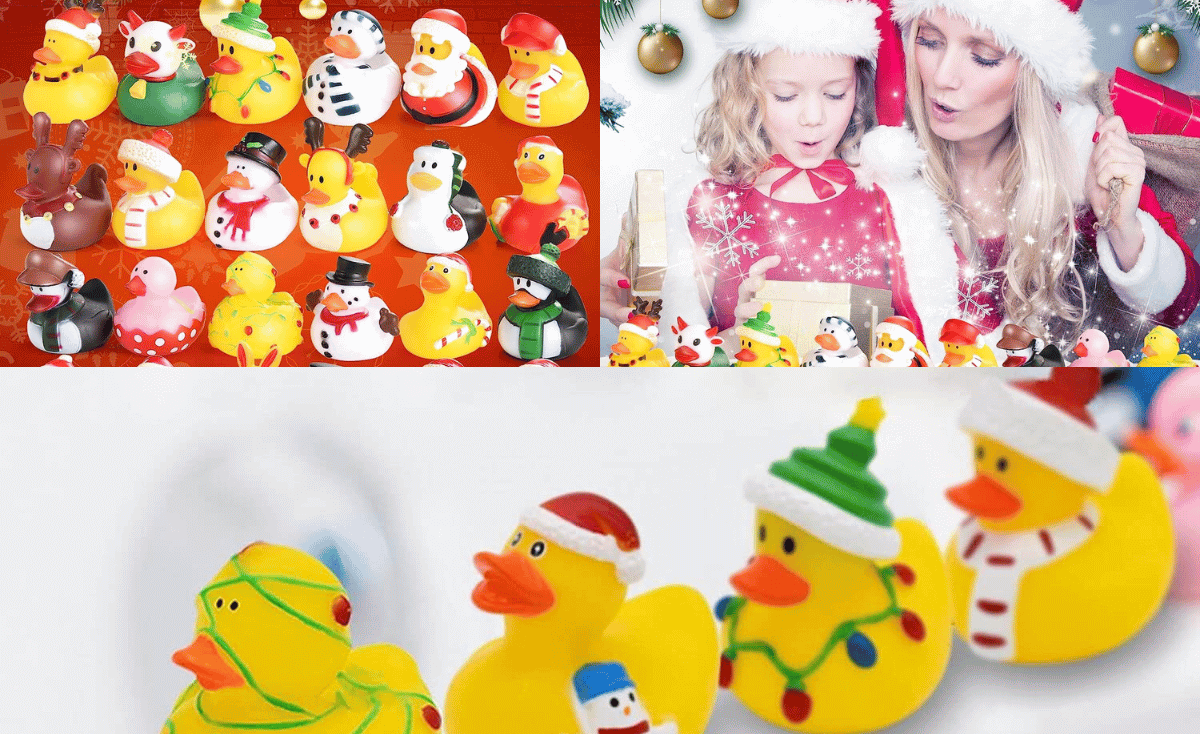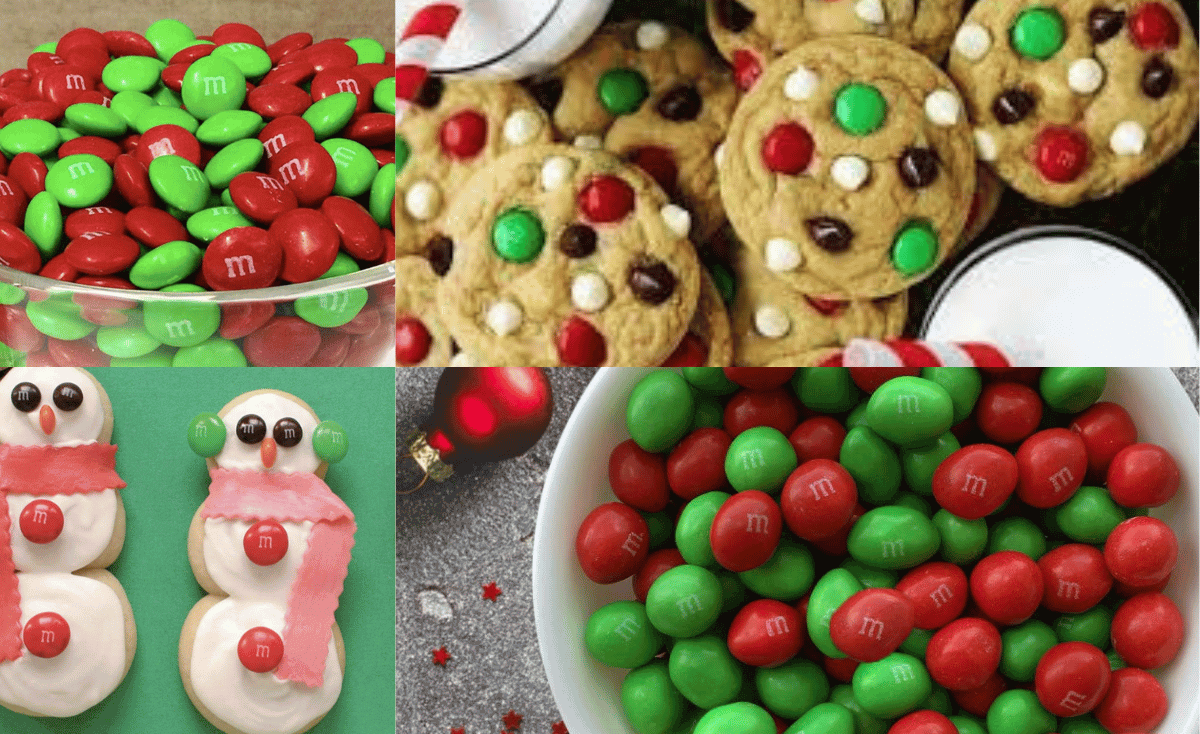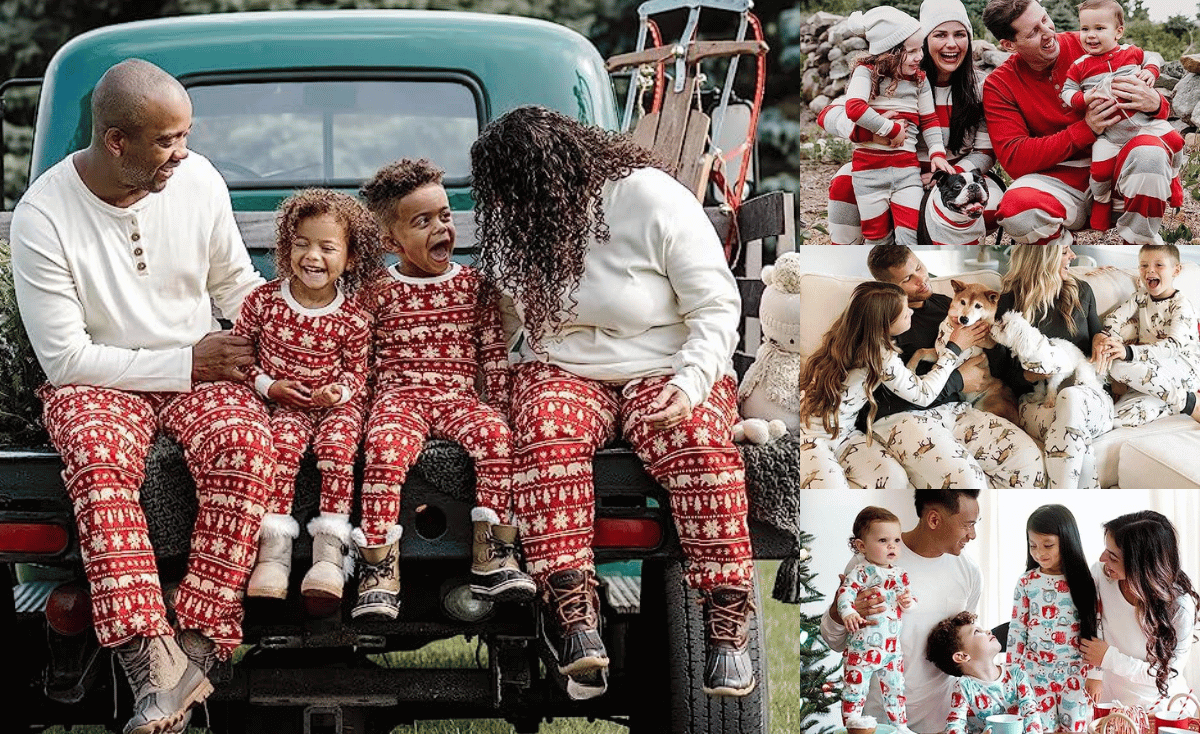Buying shoes for your child can be a daunting task. With so many different brands, materials, and sizes, it's hard to know where to start.
And once you've found a pair you think might work, there's always the possibility that they won't fit quite right.
Luckily, there are a few surefire ways to ensure you're getting the correct size shoe for your child every time.
In this blog post, we'll go over some of the basics of finding the right size shoe for your child as well as some of the common mistakes parents make when buying shoes for their kids.
Measuring Your Child's Foot
Probably the most important thing you can do when buying shoes for your child is to measure their foot.
This may seem like a no-brainer, but you'd be surprised how many parents try to wing it regarding sizing.
Even if you think you know what size your child wears, it's always best to measure their foot just to be sure. Here are a few things you'll need in order to measure your child's foot accurately:
-A soft measuring tape
-A sheet of paper
-A pen or pencil
Once you have these things gathered, follow these steps to measure your child's foot:
1. Have your child stand up straight with their weight evenly distributed on both feet.
2. Place the piece of paper on the floor and have them step onto it with their heel touching the wall behind them.
3. Use the soft measuring tape to measure from the tip of their longest toe to the back of their heel.
4. Write down this measurement and compare it to a size chart (you can find one online or at most shoe stores).
Finding the Right Fit
Now that you know what size shoe your child needs, it's time to start shopping!
When trying on shoes, there are a few things you'll want to keep in mind in order to ensure a good fit:
-Shoes should feel snug but not tight in the toe area.
You should be able to slip your finger between their heel and the back of the shoe without too much resistance.
-There should be about a thumb's width of space between the end of their longest toe and the front of the shoe.
-Shoes should be flexible in order load bearing terms and rigid side-to-side in order protect little feet from rolling over while walking or running around!
If shoes pass these three tests, then they're probably a good fit!
Remember, even if they're comfortable at first, poorly fitting shoes will usually start to cause pain after extended wear so it's always best to err on the side of caution and go up a size if you're unsure.
In addition, keep in mind that children's feet grow quickly so don't be afraid to buy shoes that are a little big—they'll grow into them before you know it!}
Measuring your child's foot and knowing what size they wear is crucial when buying new shoes, but it doesn't have to be complicated.
With just a few simple tools and some guidance, you can easily find shoes that will fit your child perfectly—and avoid all those dreaded trips back to the store because they don't fit!}
Good shoes for every season are very important .
Being properly prepared for a day of snowman building, sledding, and snowball fights is essential.
That's why it's important to have a good pair of snow boots. But with so many different options on the market, it can be tough to know where to start.
That's why we've compiled a list of the best snow boots for kids.
